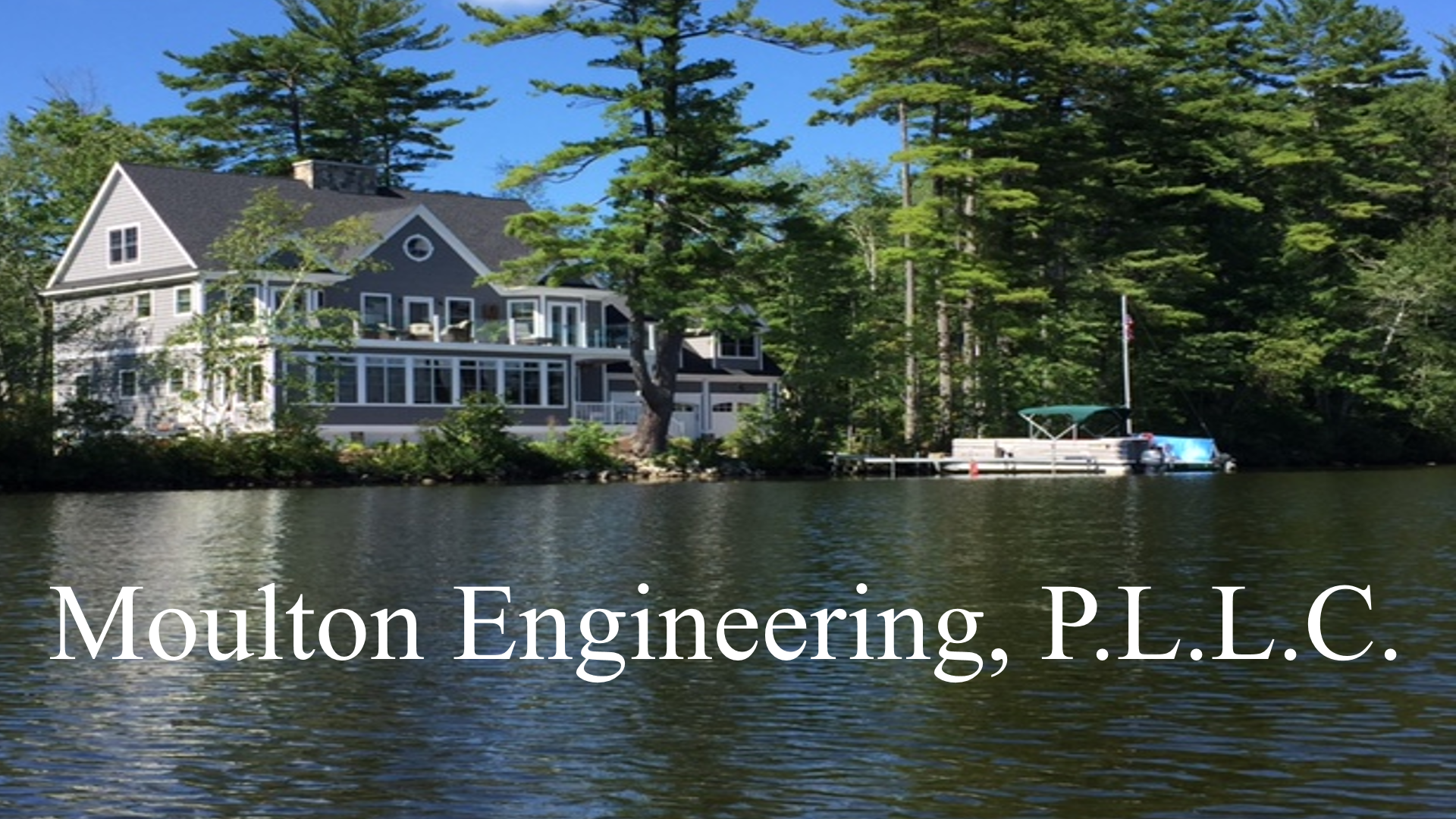FAQs
Can I cut trees on my shoreland property?
NH Department of Environmental Services (DES) has published regulations about tree cutting near the shore. Within the Waterfront Buffer Zone (50 feet from the shore) there is a minimum density of trees and shrubs required. Within the Woodland Buffer Zone (between 50 and 150 feet from the shore), you need to maintain at least 25% tree and shrub coverage. There are no limitations for tree removal beyond 150 feet from the shore. The vegetation within the Water Buffer Zone and Woodland Buffer Zone assists with erosion control of the shore and helps preserve water quality.
When is a shoreland permit required?
There are multiple situations when a shoreland permit is required but in general it is needed when you are planning construction or excavation within 250 feet of the shore.
How far does my home need to be from the shore?
The State requires that it be at least 50 feet from the shore but there are conditions where an existing home or camp could allow you to grandfather the footprint and therefore be closer to the shore.
How do I best fit my property into my site with minimal impact on the environment?
Following the NH DES regulations are an excellent start but you should also consider best practices in site planning, energy and environmental impact during the early stages of a home design. Making the right decisions up front can give you a safe and healthy living environment, as well as a home that is low cost in maintenance and energy use. Sometimes lot setbacks that require zoning variances can also be incorporated into the permit process.
What is an Elevation Certificate? Why do I need one?
An Elevation Certificate is an administrative tool for the National Flood Insurance Program to provide elevation information necessary to ensure compliance with community floodplain management ordinances, to determine the proper insurance premium rate, and to support a Letter of Map Amendment (LOMA) or Letter of Map Revision based on fill (LOMR-F). If you are buying or selling property within a flood plain, there is a federal mandate for a lending institute to require the purchase of flood insurance.
What type of foundation designs are needed to meet FEMA and HUD requirements?
In order to insure the safety of your home, a foundation built in the flood plain must accommodate the loads from the water pressure exerted by rising flood waters. A professional engineer is needed to certify that the foundation meets these requirements.
